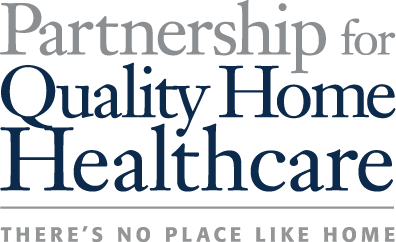December 14, 2023
The Power of Home Healthcare: A Deep Dive into the Home Care Chartbook
The latest data from The Research Institute for Home Care’s Home Care Chartbook paint a vivid picture of the dynamics within home healthcare, showcasing its profound impact on vulnerable populations, clinical profiles, organizational trends, and the broader post-acute care market.
Home health emerges as a lifeline for a diverse array of individuals, as highlighted by the comprehensive data. According to the annual Chartbook data, 3.7% of Traditional Medicare and 2.7% of Medicare Advantage (MA) patients utilize home health. Both Medicare and MA show a significant presence in the 65-74 age bracket, reaffirming the prevalence of home health among older populations. Notably, 10.3% of MA users are below 64 years old, exemplifying the broader age distribution and adaptability of home health.
Home health’s role in rural communities is evident, with comparable participation rates between Medicare and MA at 9.4% and 9.3%, respectively. The data also underscores the socioeconomic impact, with 42.4% of Medicare and 59.7% MA home health users falling under 200% of the Federal Poverty Limit (FPL),compared to only 36.7% of non-home health Medicare beneficiaries. Additionally, 22.2% of home health users are dual eligibles, qualifying for both Medicare and Medicaid coverage. This highlights the critical role home health plays in addressing the healthcare needs of financially vulnerable populations.
Clinical profiles of home health users reveal a significant percentage grappling with poor health, chronic conditions, and mental health challenges. 41% of home health users suffer from 5+ chronic conditions, while 11.9% deal with 4+ limitations of activities of daily living (ADLs). This accentuates the indispensable role of home health in managing complex health needs, providing tailored and holistic care solutions.
Despite a decline in the number of home health agencies, the data reflects a resilient sector, with 8.7 million Medicare home health episodes in 2022. This signals a recalibration of services under the stress of emerging payment models, underlining the sector’s adaptability.
Patient satisfaction in home health remains robust, with nearly 93% reporting being very satisfied or satisfied with home health services. This underscores the positive impact of home health on the overall patient experience.
The insights from the Home Care Chartbook highlight the evolving and indispensable role of home health. As a crucial component in ensuring accessible, patient-centric, and cost-effective healthcare, home health continues to play an important role in the healthcare delivery system by providing clinically advanced care solutions that enable patients to recover and rehabilitate in the comfort and safety of their own home.
